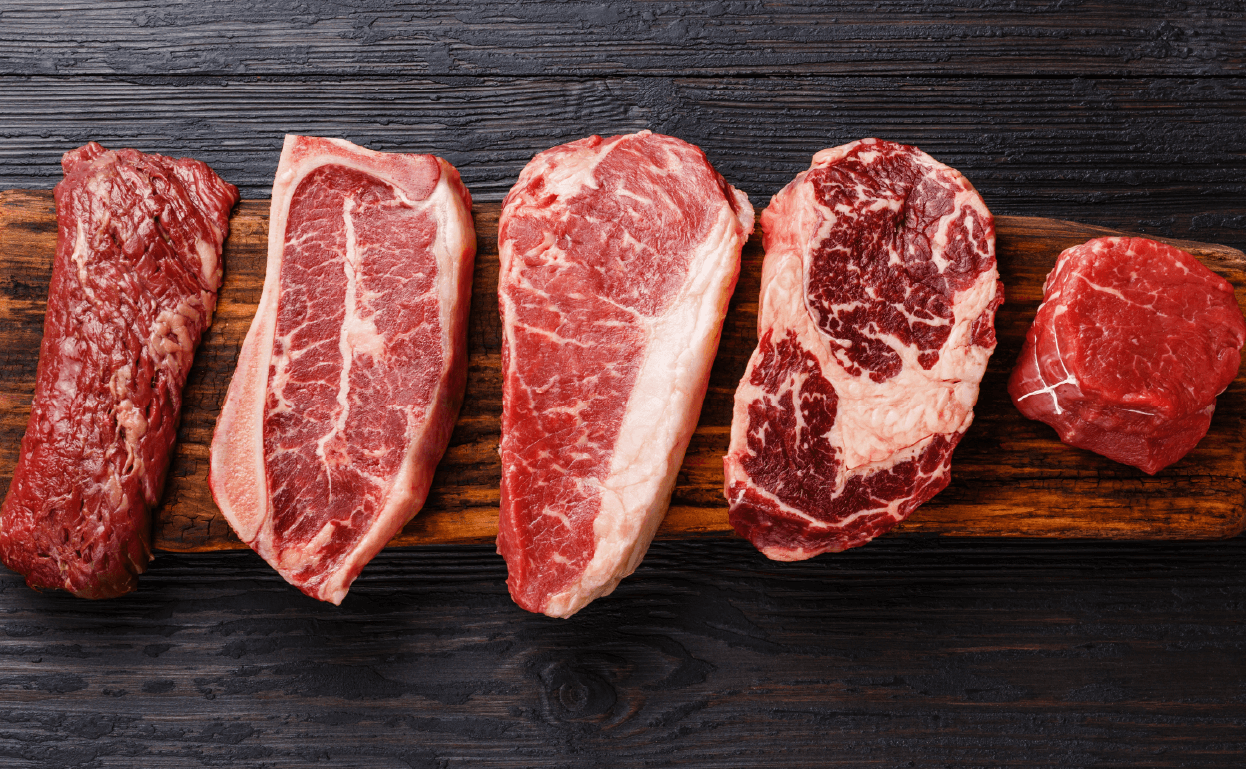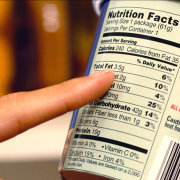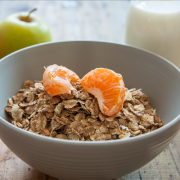 In a world where sustainability is a hot topic of discussion for governments and consumers alike, the spotlight has been placed on farming practices, especially with cattle. Whereas cattle today are often fed grains, the animals people ate throughout evolution roamed free and ate grass. This is why all of the beef used in our FitChef meals is grass-fed and free of antibiotics and routine hormones, with easy and convenient delivery from our fridge to yours when ordering online here.
In a world where sustainability is a hot topic of discussion for governments and consumers alike, the spotlight has been placed on farming practices, especially with cattle. Whereas cattle today are often fed grains, the animals people ate throughout evolution roamed free and ate grass. This is why all of the beef used in our FitChef meals is grass-fed and free of antibiotics and routine hormones, with easy and convenient delivery from our fridge to yours when ordering online here.Both genetic (such as breed of cattle) and environmental factors affect beef quality, of which nutrition is one of the most important environmental factors. Interestingly, the form in which cattle are fed can influence the nutrient composition of their beef, and ultimately, our health. Many studies have shown that the nutrients in beef vary depending on what cows eat.
Grain-fed Beef
Grain-fed cattle are fed a mix of grain by-products such as soy and maize. Grain feeding is an attractive option for mass production of beef as it helps with quick and efficient feeding to speed up the time taken for the cow to be ready for slaughter. Grain feeding is also much cheaper for the farmer, who can then sell the meat cheaper, too.
One of the criticisms of grain-feeding is that grain-fed cows are raised in smaller areas and force-fed grain in feeding lots. This fattens up the cow and the stress cause a release of cortisol before slaughter. This stress hormone appears to produce a tougher meat.
Grass-fed Beef
Grass-fed cattle are allowed to graze for their food, consuming mostly grass but also hay, herbs, flowers, and other forage and foliage. Grass-fed farming is better for environmental sustainability as the process uses less energy from mechanised feeding and promotes biodiversity of the soil. For a farmer, it is more costly to set up grass feeding as the cows need a lot of roaming space and the cow takes longer to grow , meaning slower turnover for the farmer. This makes grass-fed beef more expensive compared to grain-fed beef. However, as consumer demand risers, more and more farmers are turning to grass-fed production.
You Are What You Eat Applies to Cows, Too
What a cow eats can significantly affect the nutrient composition of its beef. This is particularly evident when it comes to fatty acids like omega-3 and omega-6. In 2016, a local South African study found noticeable differences in cuts of grain-fee versus grass-fed beef. Grain-fed beef from young cattle contained less total fat and less saturated fat than beef from grass-fed cattle. The omega 3/ omega 6 ratio was more favourable in grass-fed beef and had a higher quantity of conjugated linoleic acid (CLA). Both these characteristics are linked to health benefits for the consumer.
Grass-fed does not mean free range
While the terms grain-feed and grass-fed describe the cow’s diet, it does not refer to the grazing process or how the cattle are raised. A grain-fed cow may or may not be a free-range cow. In America, the USDS regulates the labelling of grass- and grain-fed beef. However, this is not the case in South Africa which may mean that many supposed grass-fed cows are still kept in pens and fed hay and may also be given antibiotics and hormones. Naturally, this means that a consumer may be misguided thinking that their grass-fed meat was once free roaming. We wait until the draft regulations to govern the marketing of these products are comprehensively described by the Department of Agriculture, Forestry and Fisheries (DAFF).
Choosing between grass-fed or grain-fed depends on personal preference, but also availability. Many consumers purchase meat from retailers that rely on mass produced suppliers, making much of what is available commercially likely to be grain-fed beef. This is why FitChef has made it convenient to order grass-fed beef though our online grocery store and free-range dairy aisle. In addition, all of the beef used in FitChef meals is grass-fed and hormone free.

 No added or artificial sugars
No added or artificial sugars The cleanest ingredient labels
The cleanest ingredient labels






